NASH THE SLASH was the late Jeff Plewman, a Canadian multi-instrumentalist adept at electric violin and mandolin.
He was also the first Canadian to ever use a drum machine on an album, while his music was a complex blend of prog, art rock, new wave and performance art. His persona was inspired by a killer butler that featured in the 1927 silent film ‘Do Detectives Think?’ starring Laurel and Hardy.
Plewman started performing as a solo artist beginning in 1975 and founded the progressive rock band FM in 1976. The NASH THE SLASH trademark look covered in surgical bandages began in 1979 to raise awareness of the Three Mile Island nuclear disaster; he walked on stage wearing bandages dipped in phosphorus paint and exclaimed: “Look, this is what happens to you!”
NASH THE SLASH opened for Gary Numan on his ‘Teletour’ and played violin on the tracks ‘Cry The Clock Said’ and ‘You Are You Are’ from his 1981 ‘Dance’ album; as well as this, he appeared as an onstage guest at Numan’s then-farewell concert at Wembley Arena in April 1981. Earlier in the year, he had released the Steve Hillage produced album ‘Children Of The Night’ on Dindisc Records, the Virgin Records funded imprint that brought OMD their initial commercial success.
This was the period when NASH THE SLASH had his highest mainstream media profile, with him even being given the honour of a profile interview by ‘Smash Hits’ where he stated his full name was “Nashville Thebodiah Slasher”! Indeed, NASH THE SLASH’s best known recording in the UK was an early stripped down version of ‘Swing-Shift’ alongside his label mates’ live rendition of ‘Pretending To See The Future’ on a blue flexi-disc given away free with ‘Smash Hits’.
NASH THE SLASH’s next album was ‘And You Thought You Were Normal’ in 1982 and featured the single ‘Dance After Curfew’ produced by Daniel Lanois; it fittingly became a radio hit in Poland as the country’s Communist government declared martial law.
NASH THE SLASH also later worked with Bill Nelson and opened shows for Iggy Pop, THE WHO, THE TUBES and DEVO. He rejoined FM but continued to perform solo and returned for a UK tour in 2008. He was also on stage with Gary Numan again in October 2010 for a rendition of ‘Complex’ at Toronto Opera House but announced his retirement via his website in November 2012, stating he was “rolling up the bandages”.
However, NASH THE SLASH sadly passed away in May 2014. But his work and legacy lives on; a number of his costumes and instruments were donated to the National Music Centre in Calgary while his custom skull mandolin is on display in the Canadian Music Hall of Fame.
In 2015, Artoffact Records reissued six of his albums and in 2017, filming began on the documentary ‘NASH THE SLASH Rises, Again!’. Written by Colin Brunton, Kevan Byrne and Tim Kowalski, the film has been produced in collaboration with The NASH THE SLASH Legacy; over 50 interviews have been conducted with his friends, collaborators and fans of his work, while archival footage and rare images have also been unearthed.
Featuring contributions from Gary Numan, Danielle Dax, Steve Hillage, Youth and Owen Pallett among others, it tells a universal story of artistic struggle. Several years in the making, a GoFundMe has been set up to help bring the project to completion with regards post picture lab and sound mix, legals, music rights, TV + Film licenses, publicity, accounting and insurance.
Back in 2010, Stephen Roper interviewed NASH THE SLASH for his Gary Numan book ‘Back Stage: A Book Of Reflections’; he has kindly given permission for ELECTRICITYCLUB.CO.UK to publish edited extracts of his delightful conversation with a unique individual.
On his start in electronic music…
I started doing solo electronic music in 1975 and back then, I was probably the first guy in Canada using a drum machine when drum machines were illegal. People don’t seem to know all these years later but drum machines used to be illegal and according to The Musicians Union, anyone using an artificial device to make music would be barred from appearing on a union stage.
On performing at The Edge in Toronto 1980…
I was the second biggest draw at the club after MARTHA & THE MUFFINS. The club held 150 people and even the band THE POLICE had only attracted 35 people to what was their fifth gig ever. I asked to do a week-long show which I decided to call ‘The St. Valentine’s Week Massacre’. It played from Monday to Sunday night, the Thursday being St. Valentine’s Day, February 14th.
For the second part of my set I changed into a grey pinstripe suit with a grey fedora. I was doing a symbolic re-enactment of the St. Valentine’s Day Massacre! At the end of ‘Danger Zone’ you could hear 1930’s gangsters talking and then gunfire on the backing tape.
 Meanwhile, I jumped off the stage and as the music and gunfire continued, I pulled a blank-gun from my vest and began shooting at the stage at my imaginary assailants. I escaped through the crowd back to the dressing room, firing all the way. To say the least, it was dramatic and went down a storm.
Meanwhile, I jumped off the stage and as the music and gunfire continued, I pulled a blank-gun from my vest and began shooting at the stage at my imaginary assailants. I escaped through the crowd back to the dressing room, firing all the way. To say the least, it was dramatic and went down a storm.
Today, I would be arrested for carrying a concealed weapon and sued for causing extreme emotional trauma! I had no idea then, that I would be offered the gig to open for Gary Numan at The Toronto Music Hall on the following Monday.
On opening for Gary Numan…
This was my first big tour and I loved it. I was somewhere in age between Gary and his dad Tony and the whole family on the road thing suited my personality. Beryl was the tour mom and it felt nice to be part of their personal family dynamic.
His mum and dad weren’t prudish and didn’t tut tut over people doing strange rock ‘n’ roll things – they knew what it was about. I was just another performer whom Beryl wanted to make sure looked his best on stage. She would send my stage-clothes along with everyone else’s to the dry cleaners.
I wasn’t that familiar with Gary’s music when we first set out. I’d heard ‘Cars’ and ‘Down In The Park’ but I didn’t know his other TUBEWAY ARMY stuff but I certainly got a quick lesson in it! I really did love the music and I still love it today. Not everything that Gary’s done has been that memorable but I think that period of time when he was writing those tunes was just killer stuff.
On touring the UK…
I didn’t think twice about it if I’m honest. For me, the UK was all about the intensity. I’d already established myself opening for Gary at big venues on the North American tour. I was just pleased to be playing to these rabid British crowds. In North America, the audiences were good but at the same time, they were just getting into Gary.
When I got to England, his crowd were already well established and enthusiastic to say the least. They were also very respectful of me in the opening slot so that was very nice.
The only low point for me on the tour was having my mandolins stolen from the Hammersmith Odeon. As we were doing two consecutive nights there, the equipment was left set-up on the stage overnight. Unfortunately for us, someone broke in and stole three of Gary’s keyboards, a few guitars and my mandolins. Keyboards and guitars were relatively easy to replace but custom-built electric mandolins were a different matter.
Scotland Yard came to the venue to take statements from everyone. They got a police artist to do a drawing of my mandolins and showed the picture on the TV on a show called ‘Crimewatch’. I managed to get by using a cheap electric mandolin I found in a shop in London.
I managed to modify it so that it sounded half-decent. My mandolins eventually turned up four months later in a park. They were found by a little old lady walking her dogs and luckily, weren’t seriously damaged.
On signing to Dinsdisc and recording with Gary Numan…
After the tour, I stayed on in London and managed to get a deal with Dindisc who were a subsidiary of Virgin. I went in the studio in December 1980 and recorded the album ‘Children Of The Night’. In January 1981 I was doing my own one-man shows in London and I got a call from Gary. “How would you like to play on my new album ‘Dance’?” I went to the studio and met Gary and QUEEN’s Roger Taylor and the three of us sat around and mucked about on the piano and came up with some ideas.
I’d been forewarned about the phenomenon of QUEEN and their status but it turned out that Roger Taylor was totally non-pretentious. I found him to be a really nice guy. Although it was fun to play on the tracks, I don’t think ‘Dance’ was one of Gary’s strongest albums. Considering its title, the LP just doesn’t make me want to DANCE! I found it all too laid back for my tastes. It was as if Gary wanted to sound like the band JAPAN which frankly, I can’t stand.
We were recording the ‘Dance’ album in February 1981 and not long after that, Gary became busy formulating his big farewell concert at Wembley. Knowing I was available, Gary asked me to be part of it. Gary said to me “I don’t want you to be the opening act, I want you to be in the band”.
On performing with Gary Numan…
It was still a lot of work though and as I remember, the big film studio we were rehearsing in had no heating and April that year was particularly cold. The crew brought in these giant heaters for us that looked like jet engines but they barely made any difference. I remember we rehearsed every day for a week. When you have such a monstrous stage show, you can imagine the amount of preparation needed.
My part was to stand on-top of the massive rig and play ‘Cry, The Clock Said’, (reprising my role from the new album) and then my big moment would be to come running out onto the stage for ‘The Joy Circuit’ and join the rest of the band with my violin. We did three nights but the last was just a bit more special and would definitely be one of those unforgettable moments for me.
On the UK music press…
It’s wonderful that Britain has a passionate music press but on the other hand they can take their role too seriously. There’s the praising you one week and crucifying you the next. I think that has a lot to do with power tripping. I became aware of the bad press Gary was getting when I got over there and started to tour with him.
I think there was a lot of jealousy in the industry at the time. I noticed it being bantered about at Virgin and Dindisc in general conversation. It seemed that anytime I went into those offices and we’d be talking about electronic pop music, if Gary’s name came up the reaction would be “Gary Numan’s just a poser, a w*nker, you know a David Bowie wannabe…” and all that stuff. I would just reply “Yeah but he’s had hit songs; what about you?”
I’ve always been offended by the term “one-hit-wonder”. Not from the perspective to condescend to these people but to say to people who comment “well what f*cking hit did you ever have?”
One hit is more than nothing. I wish I was a one hit wonder! Gary certainly rose above that, I think he was bugged by the slagging personally, (I know I sure as hell was) but regardless, he rose above it. He just got on with doing what he does.
On his impact in the UK…
It was great to have the opportunity to come back and play in the UK in 2008. I had an epiphany from when I was there. What happened was that every night, these guys were coming up to me and telling me the same thing. “I was going to my very first rock concert to see my new idol Gary Numan, I was 14 years old and what’s the first thing I see? Not Gary Numan but this guy in white tails, top hat and bandages playing solo electric violin and ripping my face off, and I never forgot it.”
All of these guys were telling me this 28 years later and I’m thinking, Gosh you people have a helluva memory. It wasn’t that at all… it was that I’d brainwashed them all when they were 14!
In memory of NASH THE SLASH 1948 – 2014
To contribute to the completion of ‘NASH THE SLASH Rises, Again!’ go to https://www.gofundme.com/f/nashtheslashrisesagain
https://www.facebook.com/NashTheSlashDoc
https://www.instagram.com/nashtheslashdoc
A selection of the NASH THE SLASH back catalogue is available via Artoffact Records from https://nashtheslash.bandcamp.com/
https://www.facebook.com/nashtheslashnews/
Interview by Stephen Roper
Additional Text by Chi Ming Lai with thanks to Simon Helm
28th August 2024

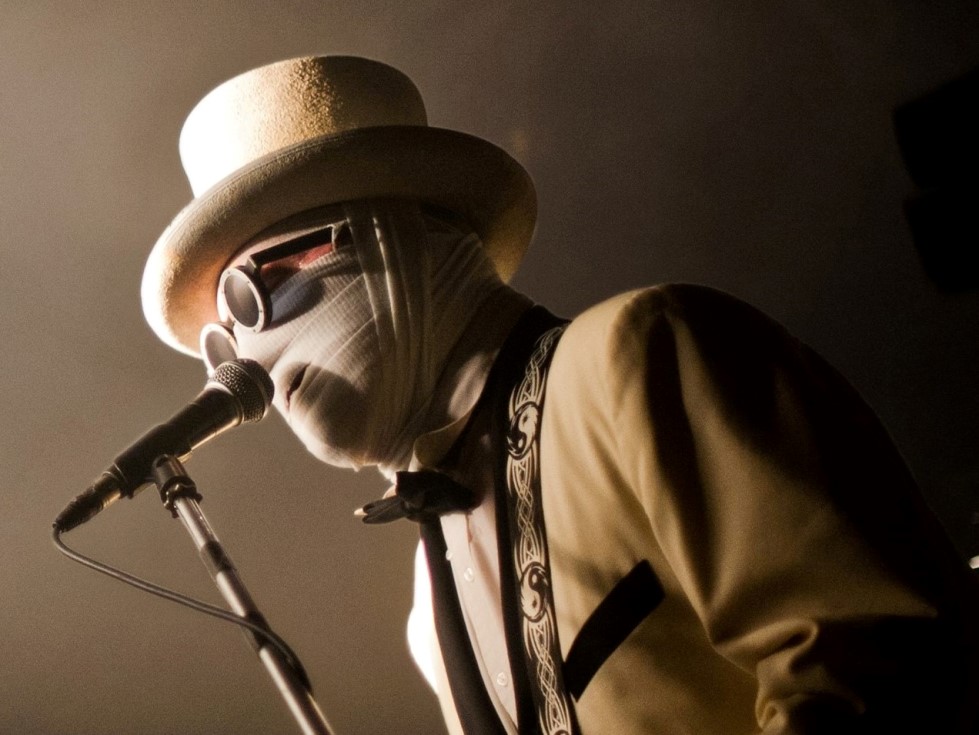
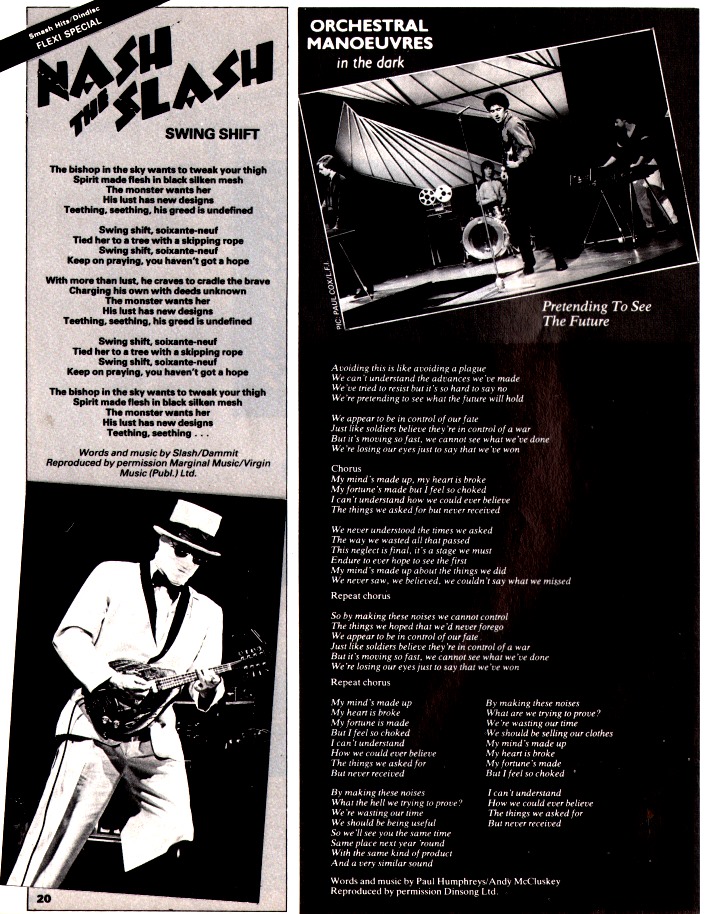
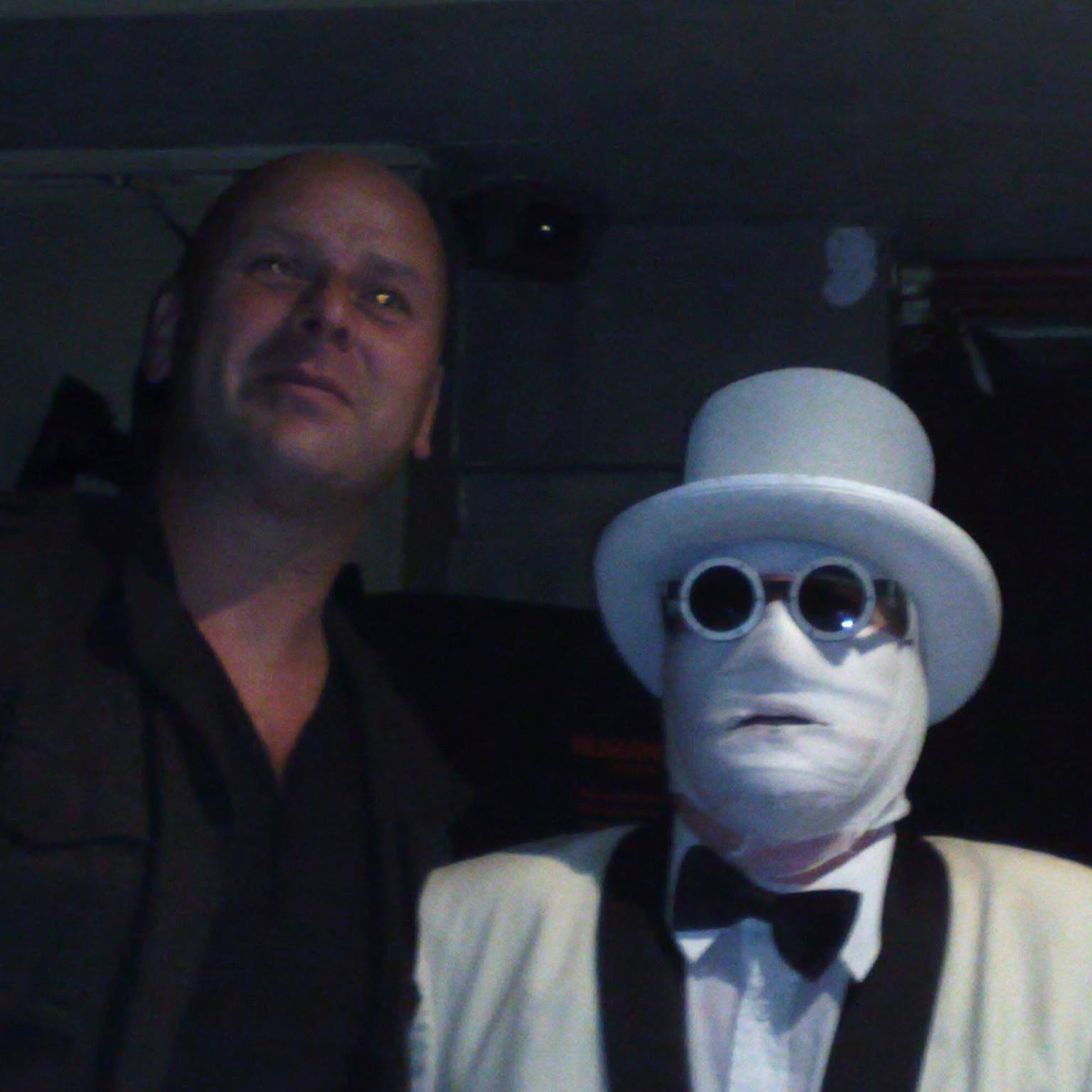
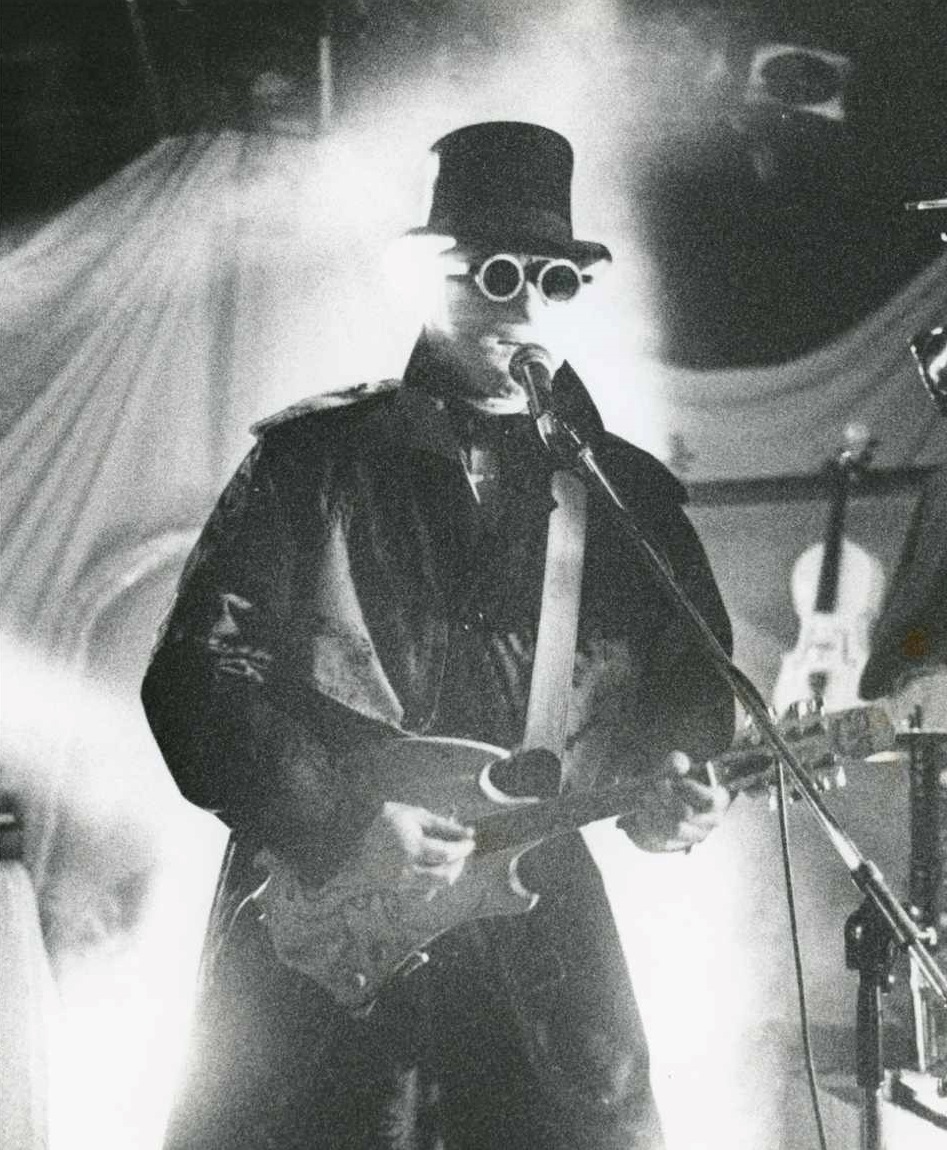
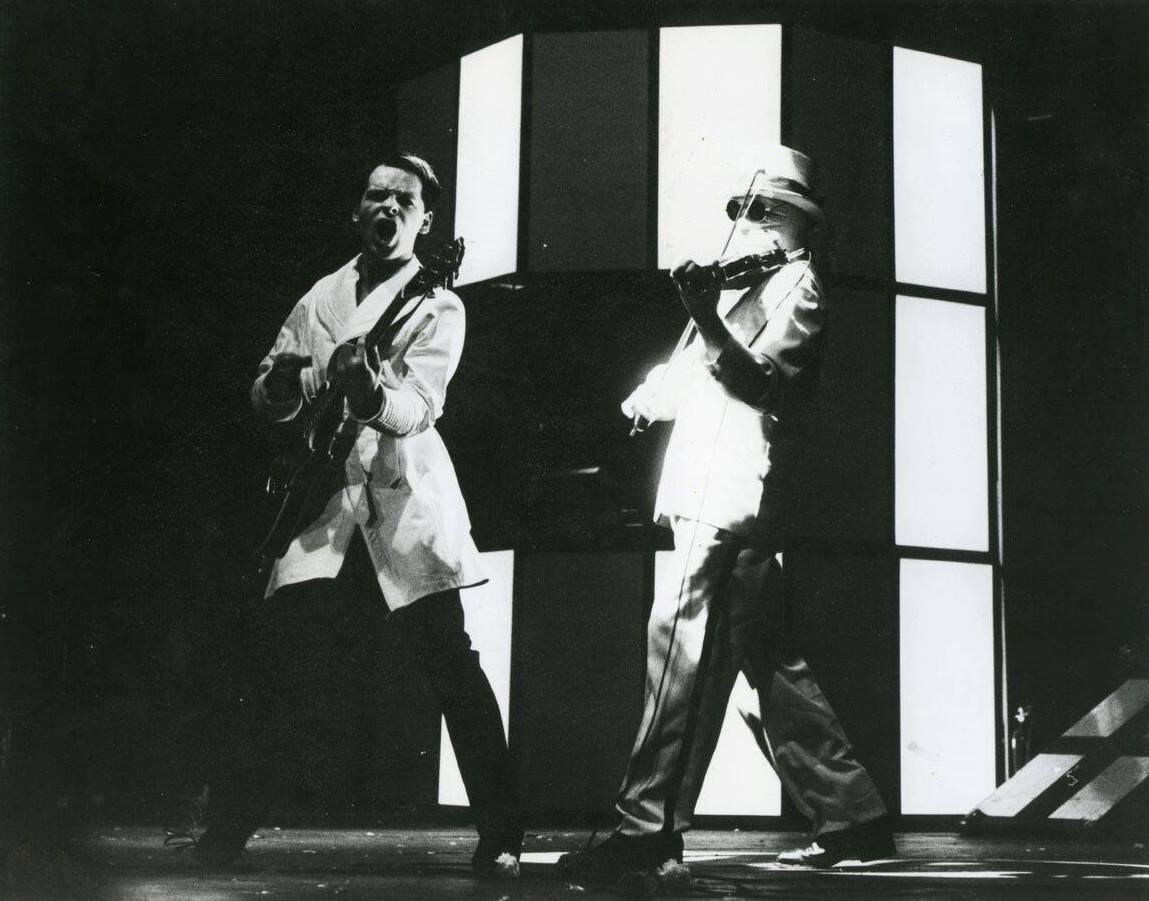
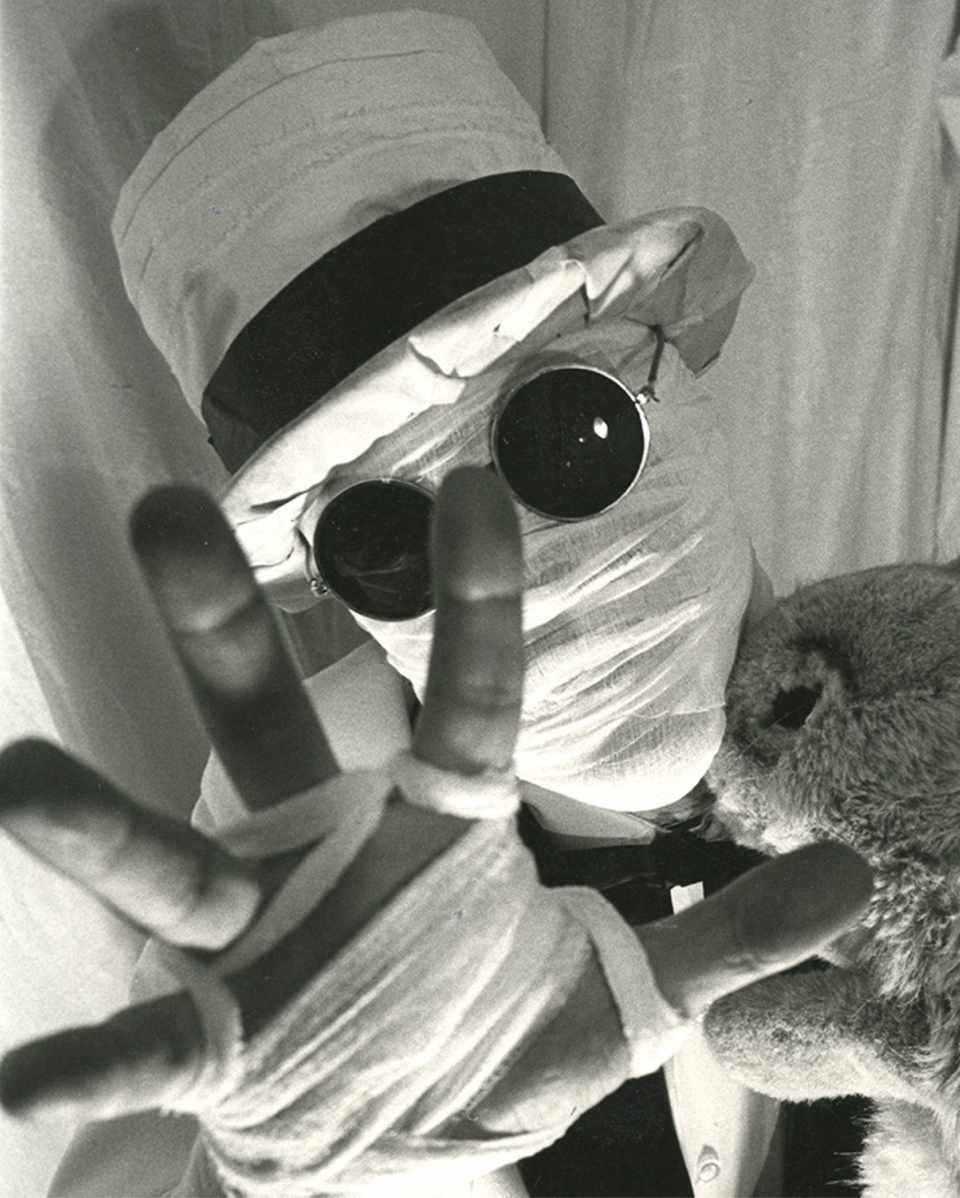

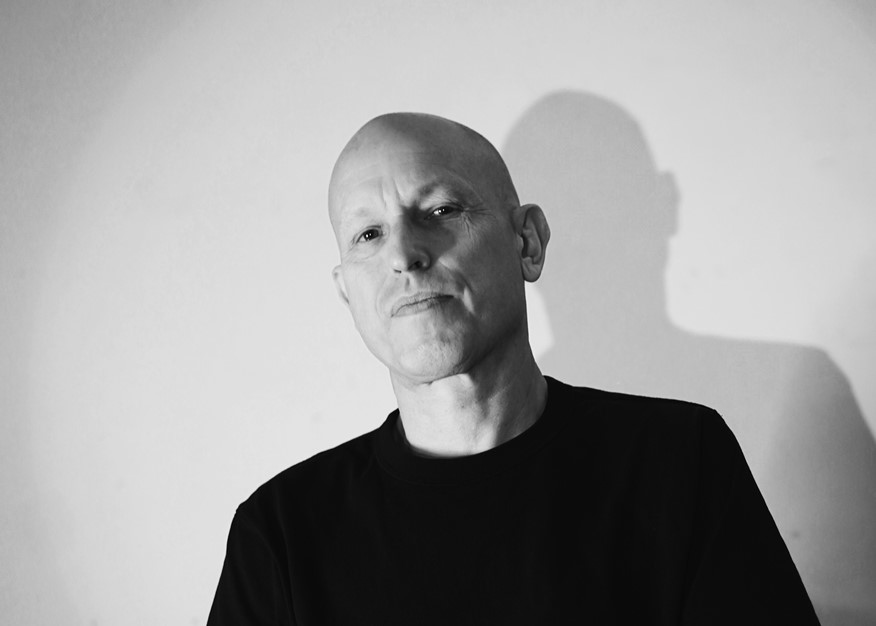
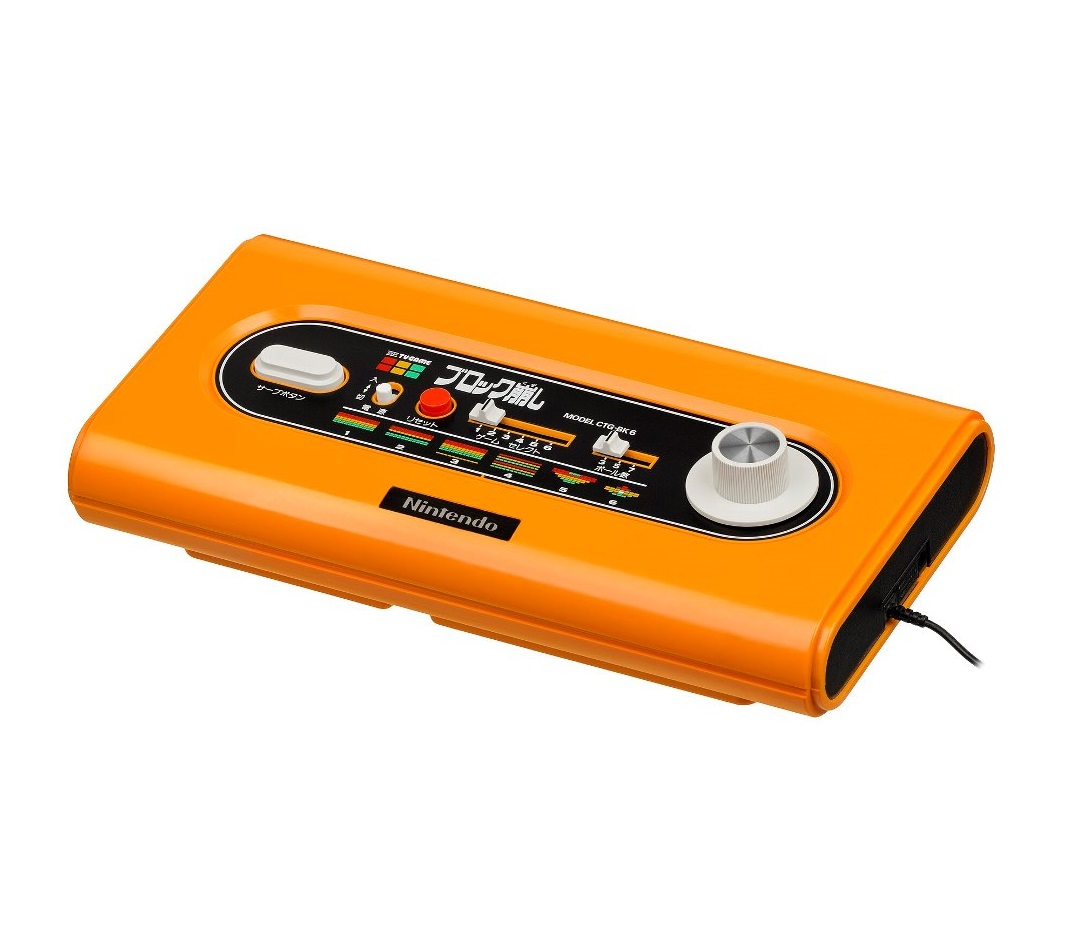
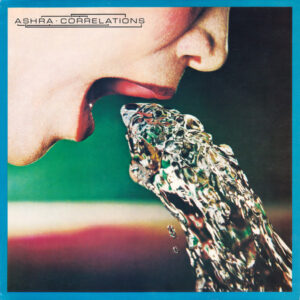
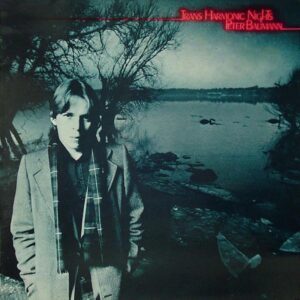
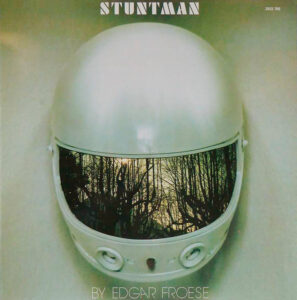
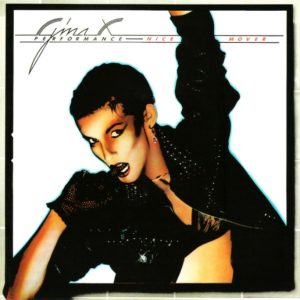
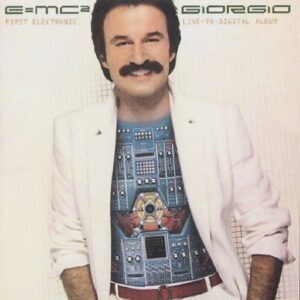
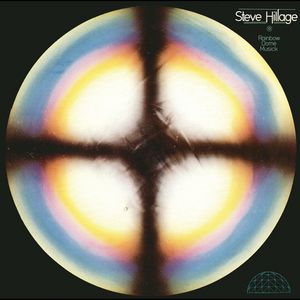
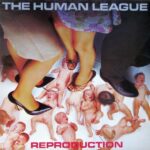
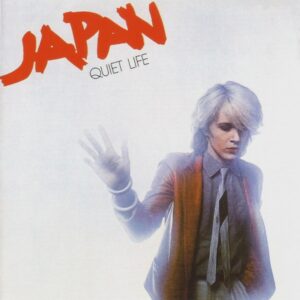
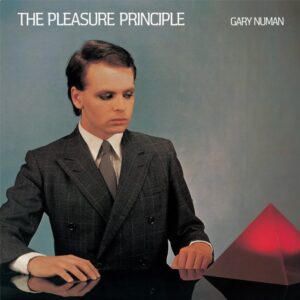
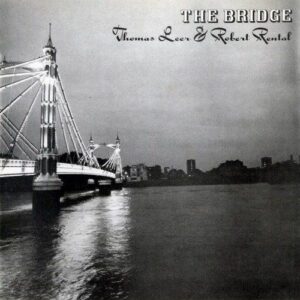
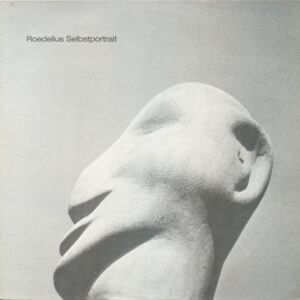
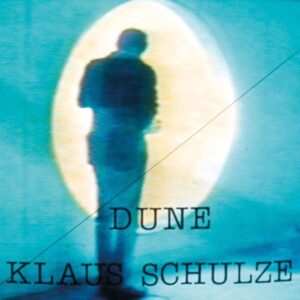
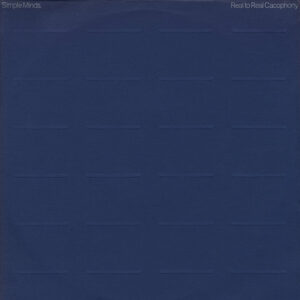
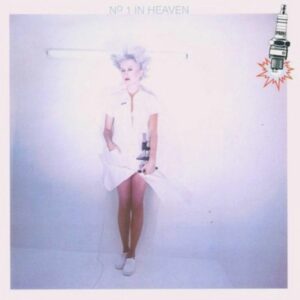
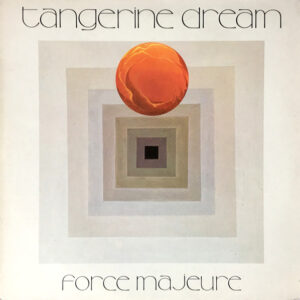
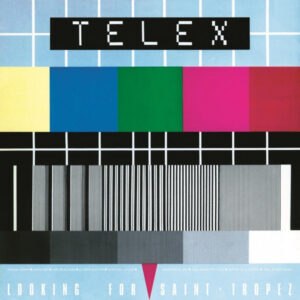
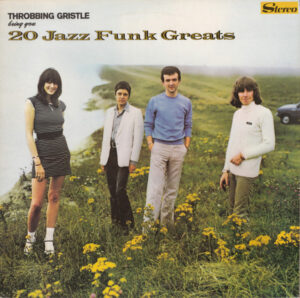
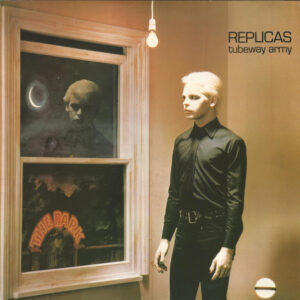

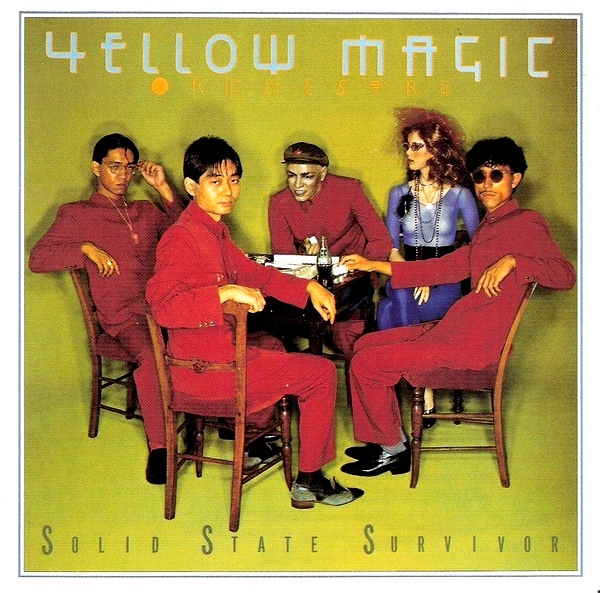
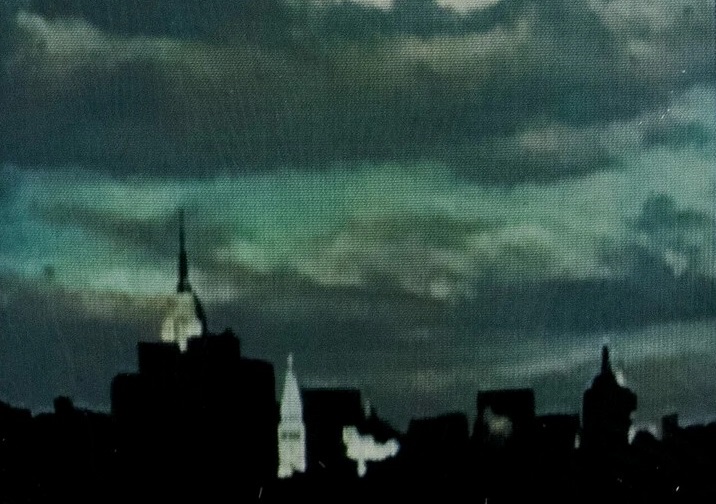
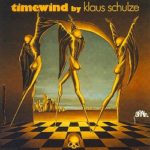
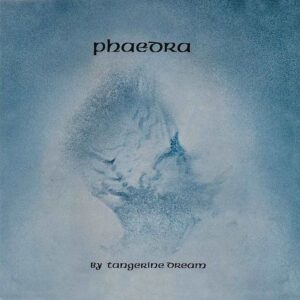
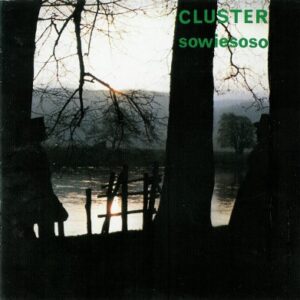
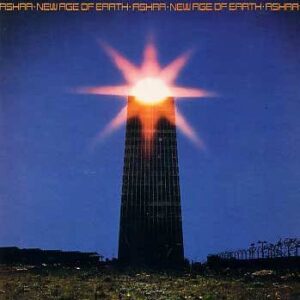
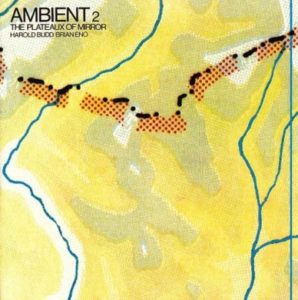
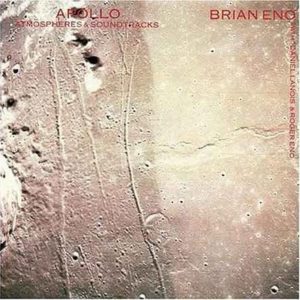
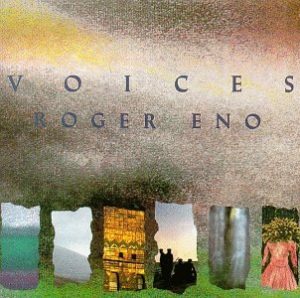
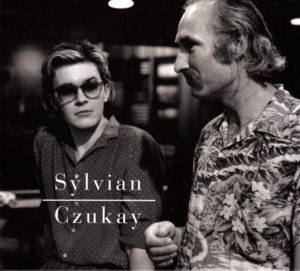
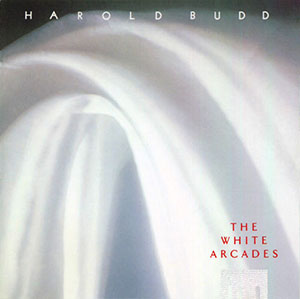

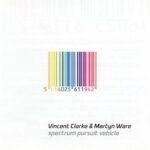
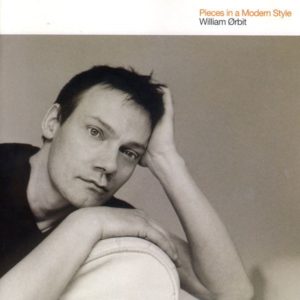

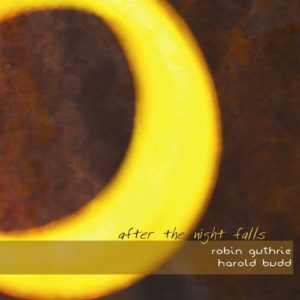
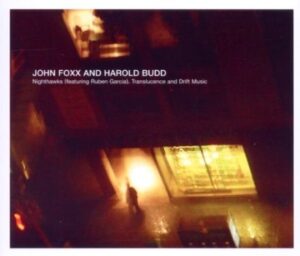
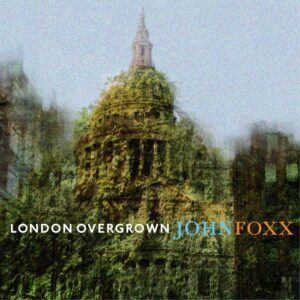
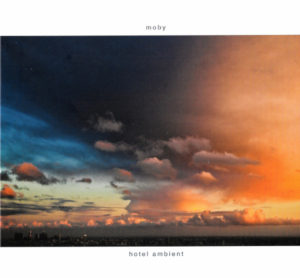
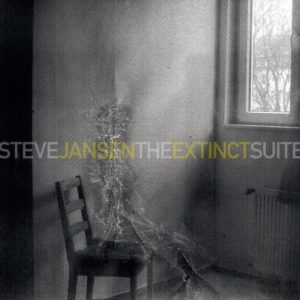
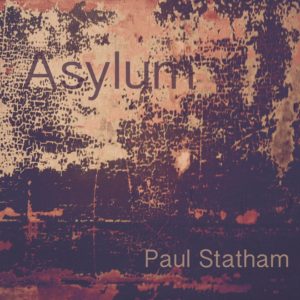

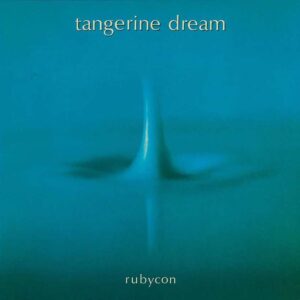
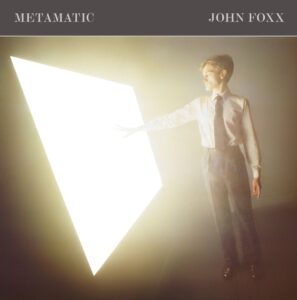
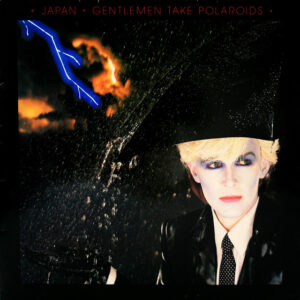
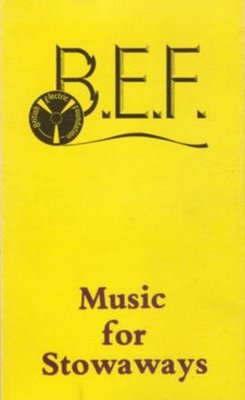
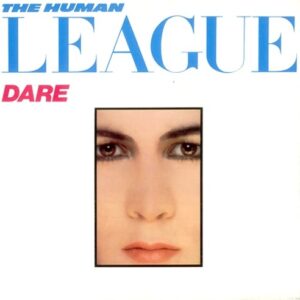
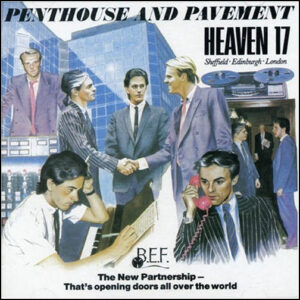
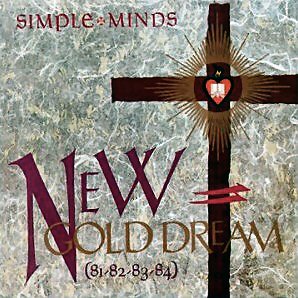
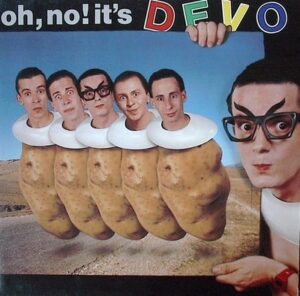
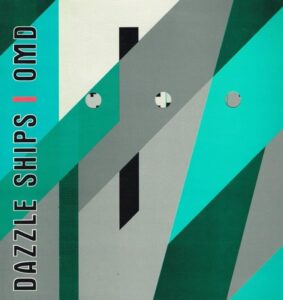
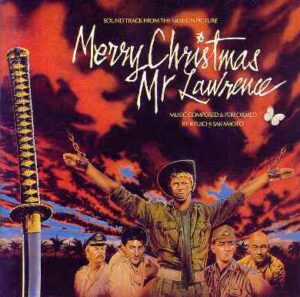
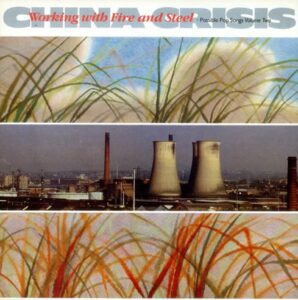
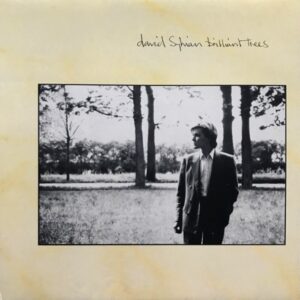
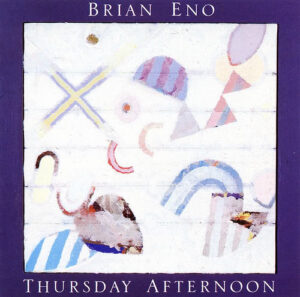
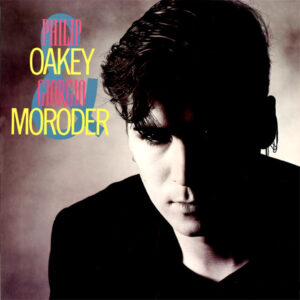
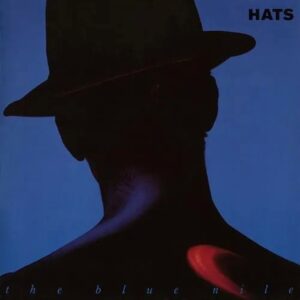
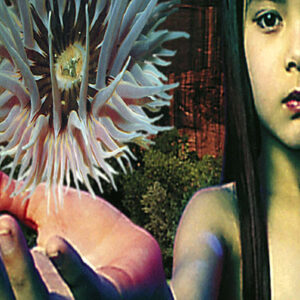
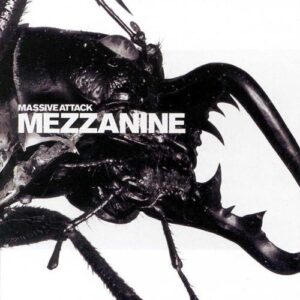
Follow Us!